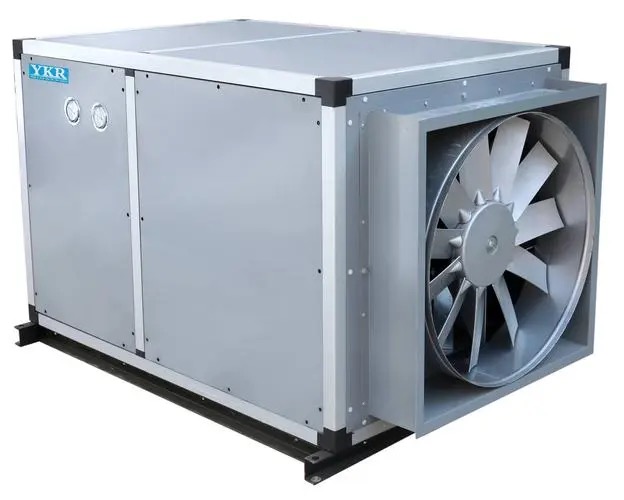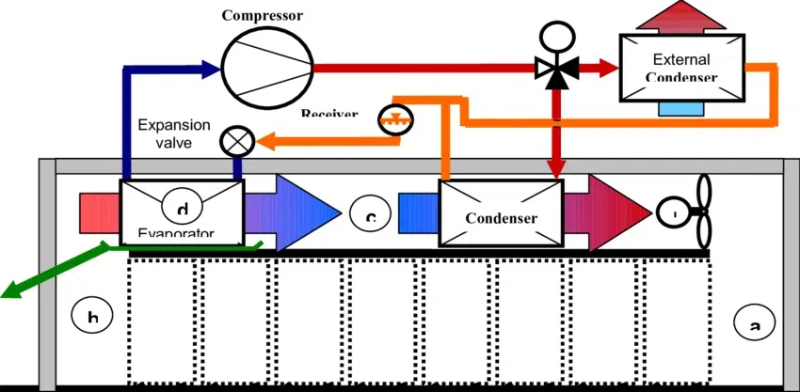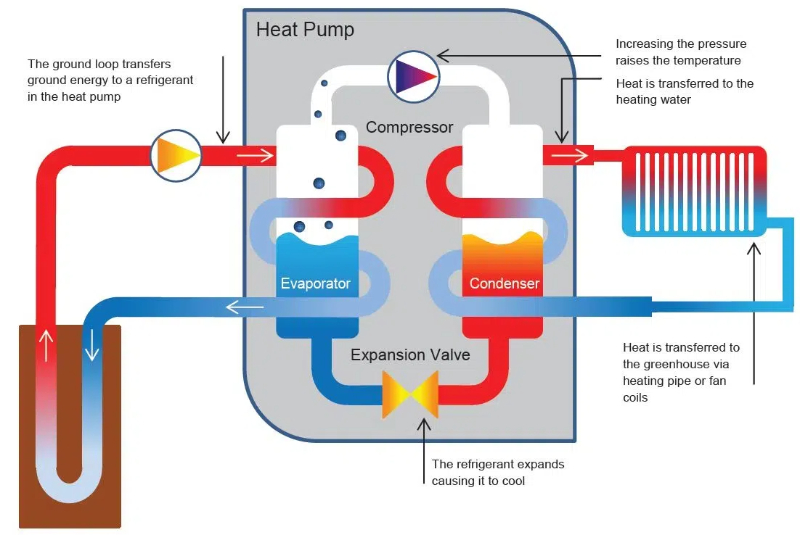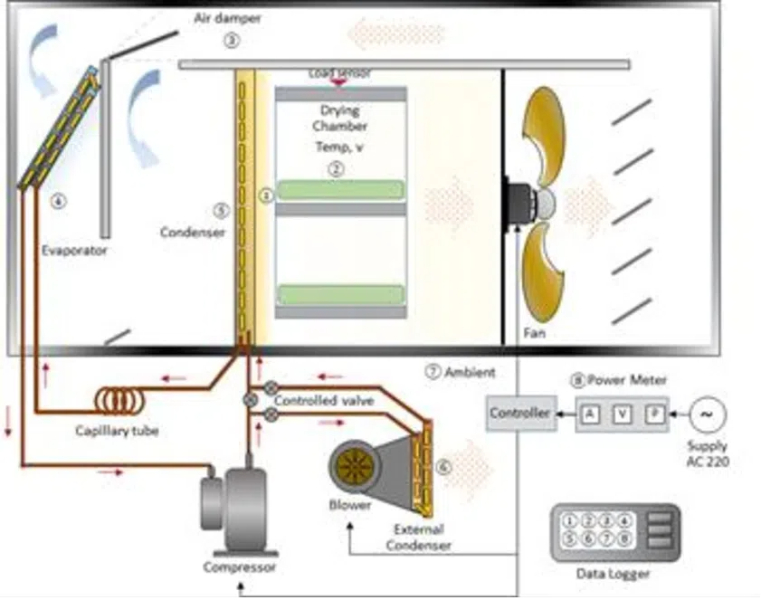
Content Menu
● Understanding Heat Pump Dryer Technology
● How Heat Pump Dryers Work
● Benefits of Heat Pump Dryers
>> Energy Efficiency
>> Gentle on Clothes
>> Versatile Installation
>> Environmental Impact
● Considerations Before Purchase
>> Initial Cost
>> Drying Time
>> Capacity Considerations
● Maintenance Requirements
● Smart Features and Technology
● Environmental Impact and Sustainability
● Conclusion
● Common Questions and Answers
>> Q1: Are heat pump dryers worth the investment?
>> Q2: How long do heat pump dryers last?
>> Q3: Do heat pump dryers need to be vented?
>> Q4: How much can I save on energy bills with a heat pump dryer?
>> Q5: Are heat pump dryers more difficult to maintain?
Understanding Heat Pump Dryer Technology
Heat pump dryers represent a revolutionary advancement in laundry technology, offering a more sustainable and energy-efficient alternative to conventional dryers. These innovative appliances use a sophisticated heat pump system to dry clothes, similar to how an air conditioner or refrigerator operates, but in reverse.
How Heat Pump Dryers Work
Unlike traditional dryers that expel hot air through a vent, heat pump dryers operate on a closed-loop system. They recycle hot air through a heat exchanger, removing moisture from clothes while consuming significantly less energy. The process involves:
1. Air circulation through the drum
2. Moisture extraction via the heat pump
3. Air reheating and recirculation
4. Water collection in a condensation tank

Benefits of Heat Pump Dryers
Energy Efficiency
Heat pump dryers typically use 50-60% less energy than conventional dryers. This significant reduction in energy consumption leads to lower utility bills and a smaller carbon footprint.
Gentle on Clothes
The lower drying temperatures used in heat pump dryers are gentler on fabrics, helping clothes last longer and maintain their quality.
Versatile Installation
Since these dryers don't require external venting, they can be installed anywhere in your home, offering greater flexibility in placement options.
Environmental Impact
The reduced energy consumption translates to lower greenhouse gas emissions, making heat pump dryers an environmentally conscious choice.
Considerations Before Purchase
Initial Cost
Heat pump dryers generally have a higher upfront cost compared to conventional dryers. However, the long-term energy savings can offset this initial investment.
Drying Time
Due to their lower operating temperatures, heat pump dryers typically take longer to dry clothes compared to traditional models. A normal load might take 1.5 to 2 hours to dry completely.
Capacity Considerations
Most heat pump dryers have slightly smaller capacities than conventional models, though manufacturers are working to address this limitation.

Maintenance Requirements
To ensure optimal performance, heat pump dryers require regular maintenance:
1. Regular filter cleaning
2. Emptying the water condensation tank
3. Cleaning the heat exchanger periodically
4. Checking and cleaning the drum sensors
Smart Features and Technology
Modern heat pump dryers come equipped with various smart features:
- Moisture sensors for optimal drying
- Multiple program settings for different fabric types
- Smart connectivity for remote monitoring
- Energy consumption tracking
- Automatic cleaning notifications
Environmental Impact and Sustainability
Heat pump dryers contribute to environmental conservation through:
- Reduced energy consumption
- Lower carbon emissions
- No external venting requirements
- Water conservation potential
- Longer appliance lifespan
Conclusion
Heat pump dryers represent a significant advancement in laundry technology, offering superior energy efficiency and environmental benefits. While they require a higher initial investment and longer drying times, the long-term benefits in energy savings, fabric care, and environmental impact make them an increasingly popular choice for environmentally conscious consumers.

Common Questions and Answers
Q1: Are heat pump dryers worth the investment?
A: Yes, heat pump dryers can be worth the investment, especially for households with high dryer usage. The energy savings over time can offset the higher initial cost, and they're gentler on clothes.
Q2: How long do heat pump dryers last?
A: With proper maintenance, heat pump dryers typically last 10-15 years, which is comparable to or slightly longer than conventional dryers.
Q3: Do heat pump dryers need to be vented?
A: No, heat pump dryers do not require venting, making them ideal for apartments or homes where external venting isn't possible.
Q4: How much can I save on energy bills with a heat pump dryer?
A: Depending on usage patterns and local energy rates, households can save 50-60% on dryer-related energy costs compared to conventional dryers.
Q5: Are heat pump dryers more difficult to maintain?
A: While they require regular maintenance, it's not significantly more demanding than conventional dryers. The main additional task is emptying the water condensation tank and cleaning the heat exchanger periodically.












